Teeth whitening services are more popular than ever, but despite a significant increase in demand, the average price of a professional teeth whitening service has remained unchanged for several years. If you pay a visit to your dentist you can expect to be charged in excess of $1,000 for a full teeth whitening service, and in some areas that fee can climb above $2,000 and beyond.

We spent over $2 million developing Snow and one of the main goals was to provide something that was just as effective as professional teeth whitening services, but could be sold for a fraction of the price. There are several ways that we’re able to do this, but before we tell you about those, let’s take a closer look at this service on the whole and at the reasons why your dentist feels the need to charge you several month’s rent for what has become an essential service for men and women everywhere.

The Price of Teeth Whitening from your Dentist
You pay a premium for everything at the dentist, and teeth whitening is no exception. They will charge you more for the whitening kit (often around $500) and they will then add their time to the bill, which can take the total charge over $1,000. The average is actually lower at around $600 to $800, but it depends on where you live.
Your dentist may also charge you more if you are a loyal customer or if you live in an area where there is very little competition. It’s just one of those things—they know you’re not going to go elsewhere so they can afford to charge more money.
You may find a cheaper option if you book with a new dentist, as they will be more inclined to offer an introductory price that will lure you in. But there is no guarantee and even if you are able to get a deal, it likely won’t bring the price down below $500, which is a lot of money to pay for a service that you can get cheaper elsewhere.

Cheaper Teeth Whitening Solutions
We designed the Snow Teeth Whitening Kit to be as effective as the kits used by dentists, but without the high price tag. We also wanted to make it foolproof and problem free so that it could be used by inexperienced users with little instruction. That’s why we invested over $2 million in creating a formula that was kind to gums and teeth, one that didn’t lead to sensitivity, but still produced the gleaming results seen in more expensive teeth whitening services.
The Snow teeth whitening system contains no harmful ingredients, was not tested on animals, and has been used successfully by hundreds of thousands of customers. It’s even endorsed by countless A-list celebrities and comes with a 5-year warranty—that’s how confident we are that this kit will work for you.
There are other “at-home” kits on the market, of course, but none are as effective or as affordable as Snow. These kits also rely on concentrated bleach to get their results, and not only can this cause extreme sensitivity, but it can also harm the gums if applied incorrectly.
Take a look at our FAQ to learn more about Snow and how it can help you.
Teeth Whitening at Dentist versus at Home
A teeth whitening session with your dentist may occur over the course of several visits. During the first of these they will make an impression of your teeth so that they can fit you for a mouthguard. They will then apply a strong bleach solution to your teeth, making sure that your gums are completely protected by the mouthguard and do not come into contact with the bleach.
The dentist may then focus a UV light on your mouth and you will be required to remain in position for up to an hour.
With Snow, the whole process takes less than ten minutes. Just apply the lip moisturizer and whitening serum (supplied with all Snow Teeth Whitening Kits), place the guard in your mouth, and wait. It even connects to your smartphone, which supplies a charge and tells you when you can remove the guard.

Teeth Whitening Alternatives
You will find an abundance of teeth whitening kits, toothpaste, strips and more in your local pharmacy. These range from a few dollars up to around $30. They are available for a fraction of the price of professional kits like Snow, but do they really work?
Unfortunately not. These products are designed to play on the consumer’s growing need for gleaming white teeth (and the many benefits they bring). They are adorned with pictures of beautiful people smiling with the whitest teeth, and they make all kinds of grand and glorious claims.
But rarely are they able to live up to those claims. Take teeth whitening toothpaste as an example. It contains highly abrasive substances that are designed to scrub the surface of your enamel, chipping away at the plaque that has developed there.
And it works, but that plaque is rarely the reason your teeth are yellow. Teeth often become discolored as a result of intrinsic stains. These occur as a result of everything from food and drink to poor oral hygiene, smoking and even age. These stains occur on the dentin, not the enamel, and they can not simply be scrubbed away. The only way to remove those stains is to bleach them, which is where teeth whitening comes in.

It could be argued that these products are able to attack the tartar, which is a deeply ingrained plaque that develops over time and leaves a thick, brownish substance on the surface of the tooth, but no amount of brushing will remove tartar—only the dentist and their specialist tools will help you there.
Whitening toothpaste and strips have also started using a hydrogen peroxide solution. This is a type of bleach that can actually whiten the enamel and the dentin, and is often used by dentists as part of their professional services. The problem is, a highly concentrated solution would need to be used for it to make any difference and not only can such a solution not be sold over-the-counter, but if it was used in a toothpaste it would expose the gums to serious harm.
In other words, while these products can help to scrub the surface of your teeth, they are not the ultimate solution for your teeth whitening needs, regardless of what those gleaming smiles and marketing buzzwords would have you believe.


















































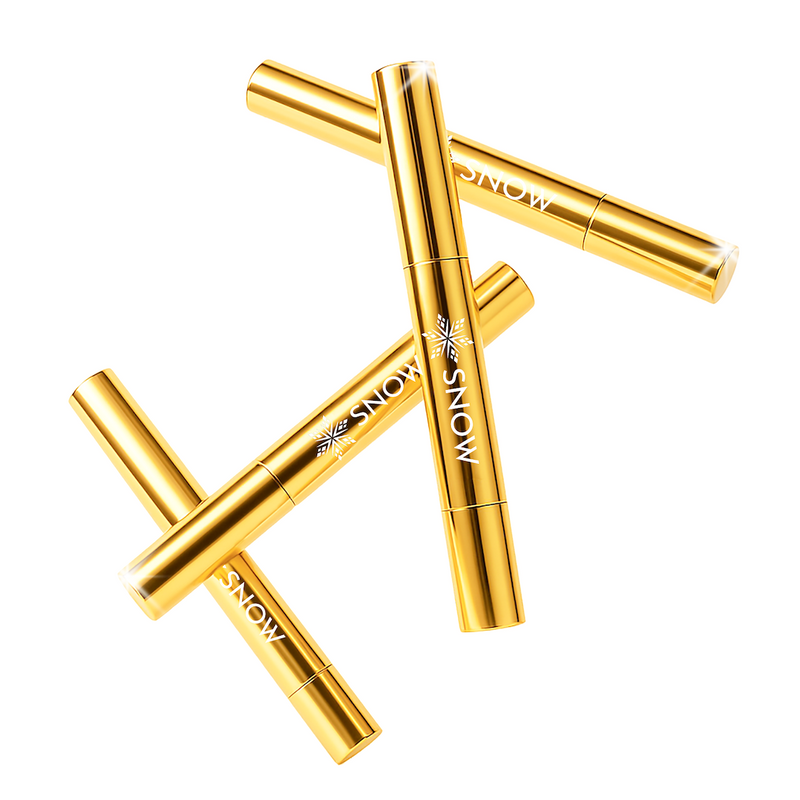

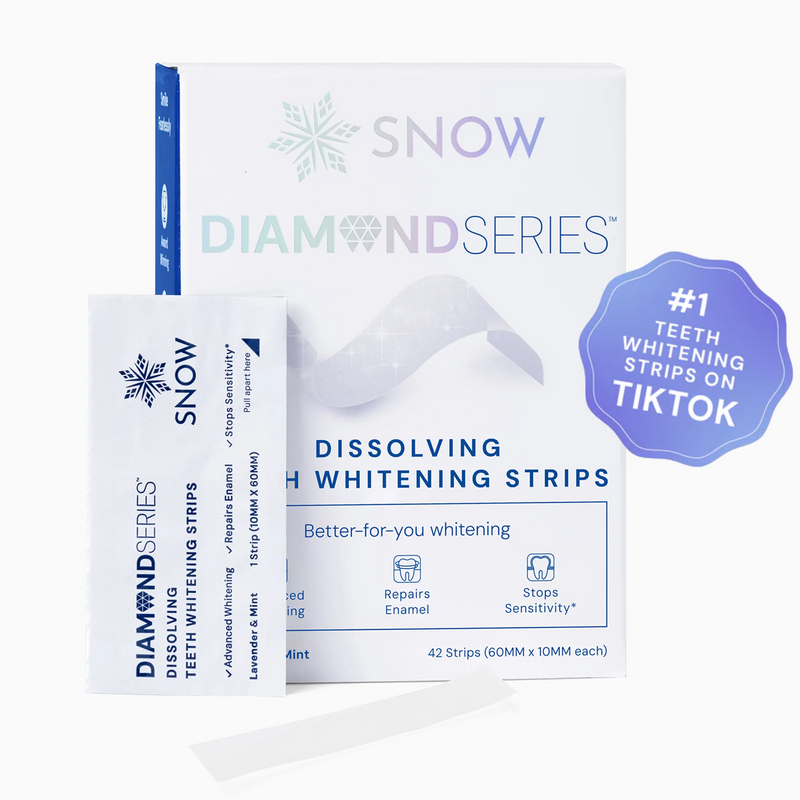
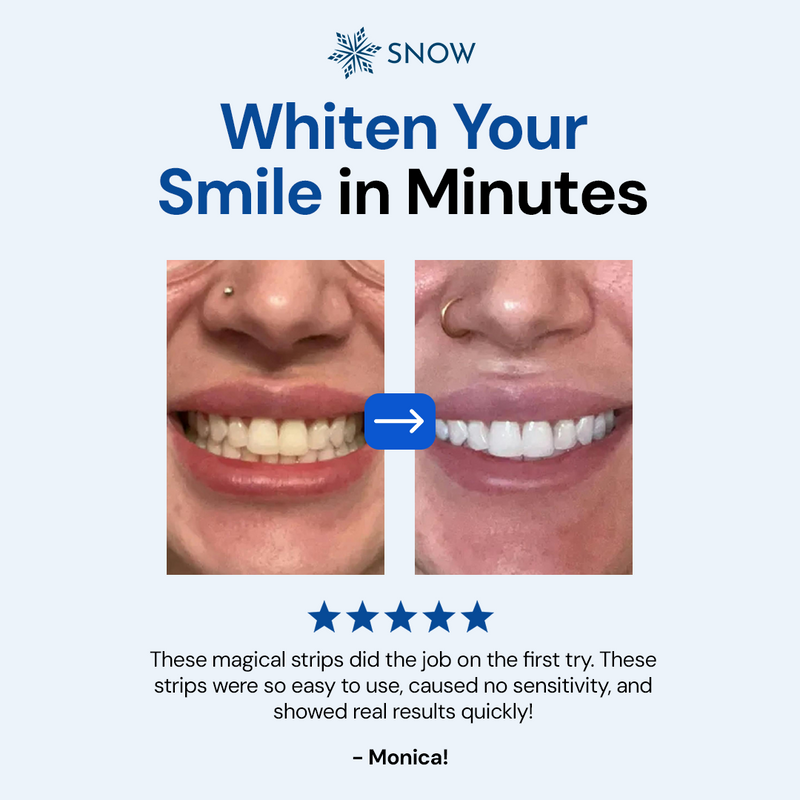
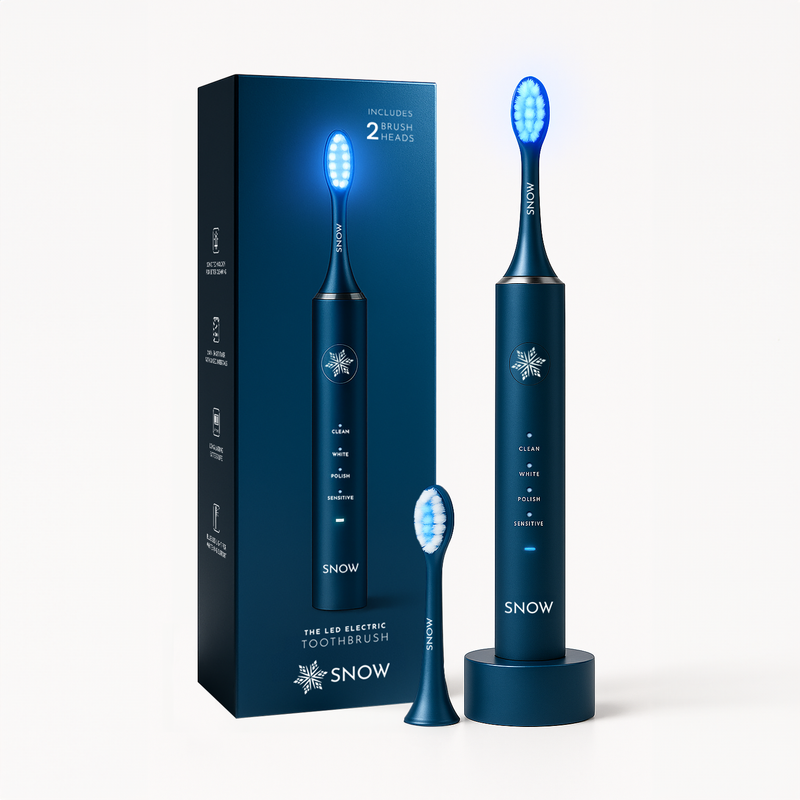

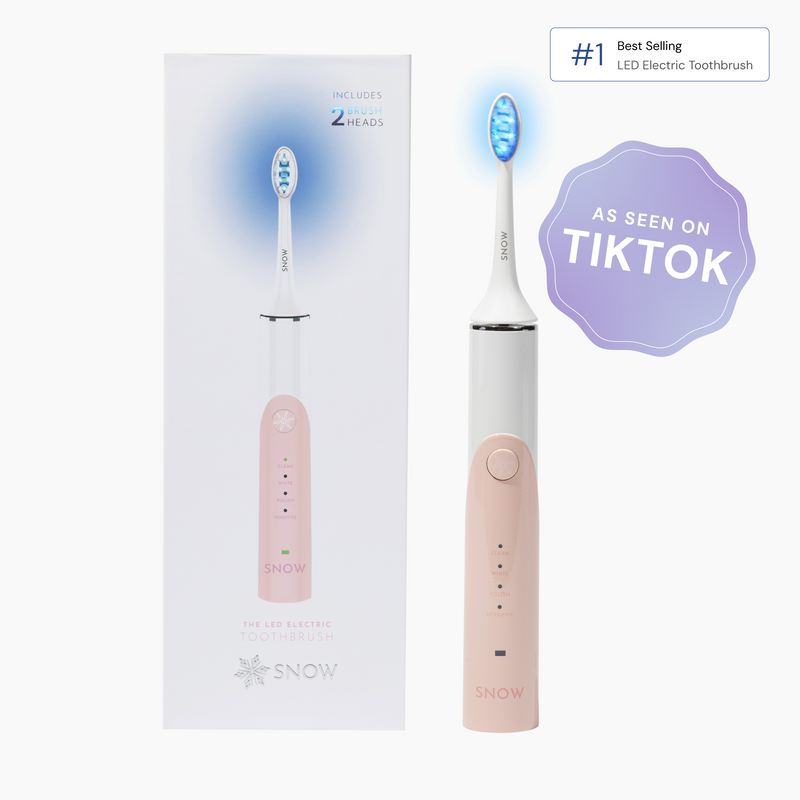




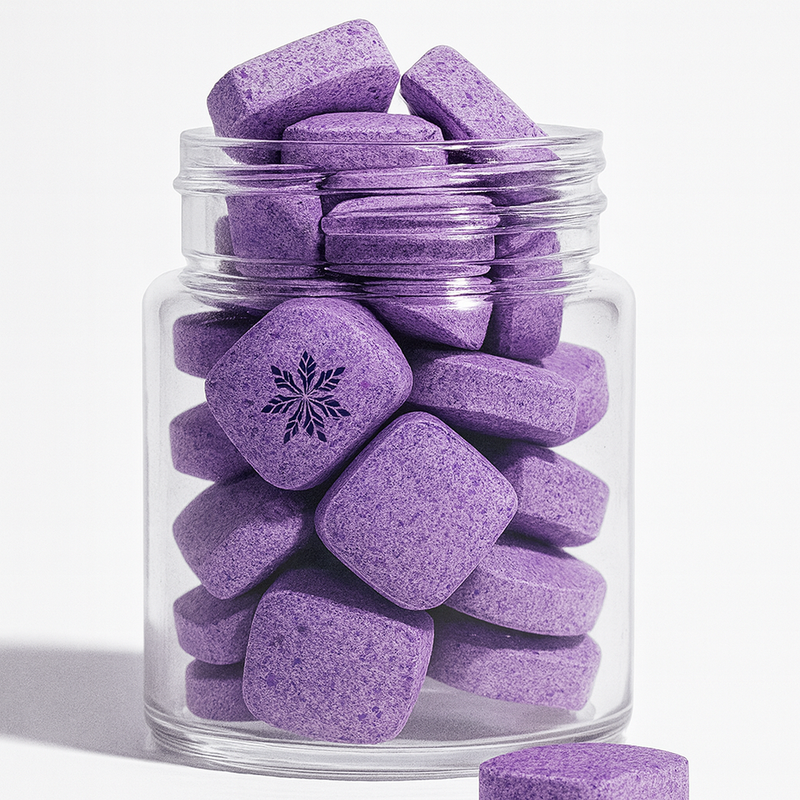
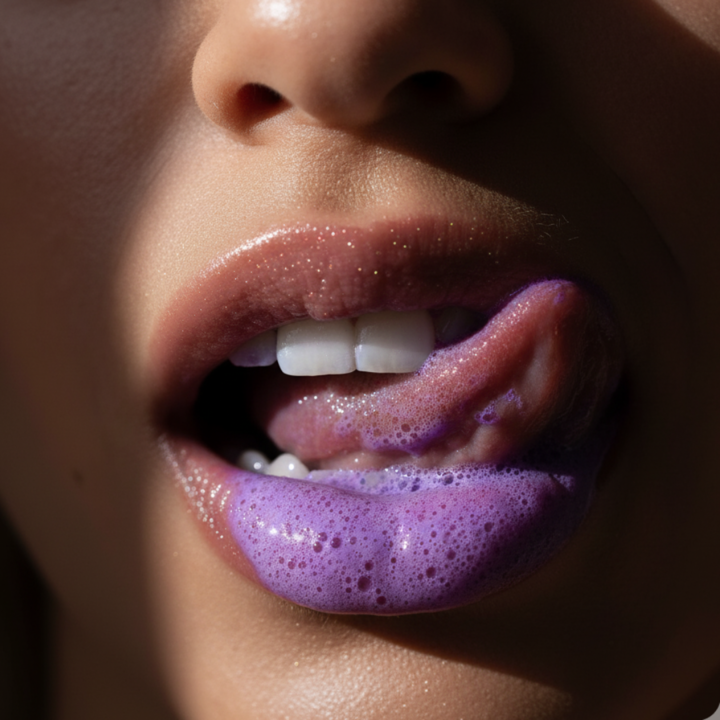




![Is It Safe to Use Whitening Toothpaste Everyday? [The Real Answer]](http://snow-teeth-whitening.myshopify.com/cdn/shop/articles/is_it_safe_to_use_whitening_toothpaste_everyday.png?v=1759931228)


